Preserving Seafood The Art of Polynesian Pā Rani
34 min read Explore Pā Rani, a Polynesian tradition for preserving seafood, honoring Cook Islands heritage with time-honored techniques, coastal flavors, and sustainable practice. October 05, 2025 06:08
The first thing I notice is the wind. It comes off the lagoon with a damp, saline whisper, lifting the edge of a woven pandanus mat and turning the drying fish into faint, fragrant pendulums. A child laughs somewhere down the beach; a rooster objects; a coconut falls with a hush onto sand. On Rarotonga’s northern shore, just after dawn, someone has set a wooden kumete bowl down in the shade of a breadfruit tree. Inside is the brine—clear as a polished shell, salty as a memory—and cut fillets of skipjack tremble in it like violet glass. In the Cook Islands, we talk about ika mata for immediacy—raw fish with lime and coconut—but for keeping fish beyond the day, we turn to older arts. We turn to pā rani.
I first heard the phrase on Aitutaki. “Pā rani,” Mama Tekea said, tapping a lidded jar with her knuckle, “so it stays good even when the wind forgets the chill.” She slid open the lid. A buttery perfume rose—coconut oil threaded with ocean. The fish was firm, cedar-pink where the salt had kissed it, beaded with a constellation of dried chile. She shaved a sliver off with a bone-handled knife and set it on my palm. The bite was a tide: bright, marine, savory; then a bloom of sweetness from the oil, a shy heat, a finish that was clean as rain.
What cooks in the wind: Understanding Pā Rani

Ask three aunties about pā rani and you might get three slightly different answers—and that’s part of its living beauty. The phrase itself, in the way I learned it, gestures toward brine and the act of brining: pā as a touch, a smearing, a contact; rani as a family pronunciation of a word for “brine,” the salty liquor that changes fish from fleeting to enduring. In some Cook Islands families, especially in the Pa Enua (outer islands), pá rani is either the process—brining fish for storage—or the finished preserved fish, often kept under a slick of coconut oil or dried in ribbons to chewy, translucent sheets.
Across Polynesia, preservation methods adapt to island resources. The Cook Islands comprise high volcanic islands like Rarotonga and Mangaia and ring-shaped atolls like Manihiki, Pukapuka, and Tongareva (Penrhyn). Ice is a modern convenience; solar warmth and ocean salt are ancient certainties. Pā rani belongs to this set of techniques that let harvest meet hunger more evenly: salt-curing, oil-packing, sun-drying, and sometimes a gentle kiss of smoke using coconut shell.
If you’re visiting Avarua’s Punanga Nui Market on a Saturday, you may hear vendors call a jar “pā rani tuna” or simply “brined tuna.” Orthography and vernacular vary; some families skip naming altogether and just say, “That’s the preserved one.” What unites these variations is not a rigid recipe but a philosophy: let salt firm the fish, let the sun and air reshape its texture, then give it shelter—often coconut oil—so it keeps.
Tides of history: How the Cook Islands kept fish before ice
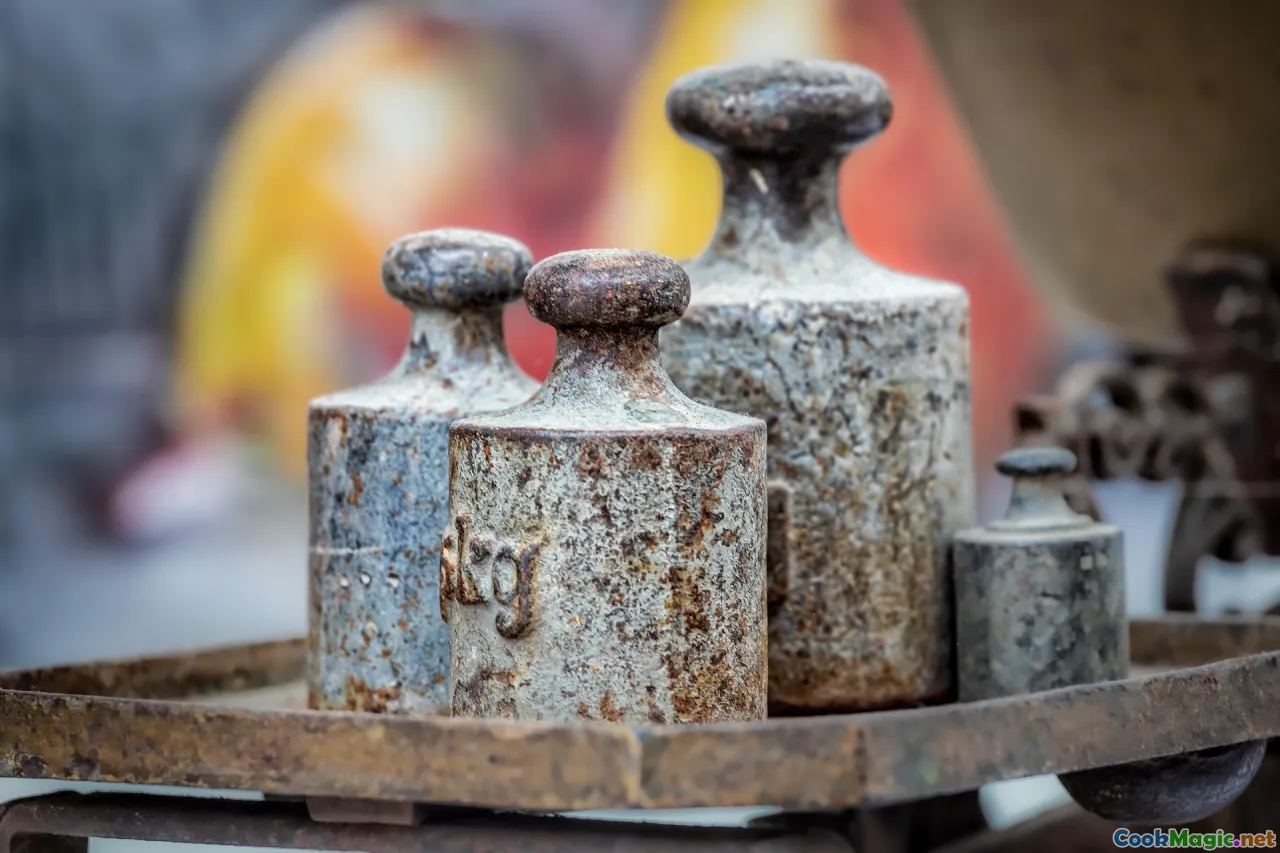
Before coolers and freezers, the rhythm of fishing was tied to the moon, the tides, and ingenuity. On atolls, where fresh water is precious and wood is scarce, people met abundance with preservation. The day after a bonanza catch of maroro (flying fish) or aku (skipjack), families would salt fillets in wooden troughs or woven trays, lay them on raised racks to dry in unbroken wind, and later slip the leathery, shining strips into calabashes. Into those containers went coconut oil rendered from mature nuts, liquid at midday, thick as cream after sunset. Oil excludes air; salt discourages microbial growth; sun takes the water away. Together, they made fish last.
On Rarotonga and Mangaia, where breadfruit and taro grow in rich earth, preservation met the table as convenience and ceremony. Vision matter, too: imagine a household where the taro patch belongs to patient routine; where the ocean might turn stormy for a week. Pā rani—by any name—turns yesterday’s catch into tomorrow’s assurance, and it has done so for generations.
European contact layered new materials onto old methods. Commercial salt, glass jars, and metal tins arrived, and with them came possibilities: more consistent salinity; vessels that could travel aboard inter-island schooners. But the spirit of pā rani remained island-born. Families kept telling the weather by the sway of palm skirts, kept gauging salt by the way it pinched the tongue, not a scale. Today, you can buy good sea salt and a food thermometer—wonderful tools—but the best pā rani still comes from hands that know the feel of a properly firmed fillet.
Step-by-step: Making pā rani at home

Here is a home-friendly method that honors Cook Islands practice. It yields fish that’s gently cured, lightly dried, and stored in coconut oil—a preservation suitable for days or weeks in the fridge, longer in the freezer. It’s not a museum piece; it’s dinner, lunch, island rations for a rainy week.
What you need:
- Fresh fish: skipjack tuna (aku), wahoo, mahi-mahi, trevally (kārae), or mullet. Choose firm, ocean-caught fish. If reef health is a concern in your area, avoid parrotfish; they’re important for coral reefs.
- Sea salt: clean, non-iodized if possible. Ocean salt feels right in the hand and on the tongue.
- Clean water or unpolluted seawater (if you truly trust the source). Otherwise, use filtered water.
- Citrus: local limes (tiporo) or lemons; optional but traditional for a brief acid wash.
- Aromatics: optional pepper, a pinch of re’a (turmeric) for color, sliced green chile.
- Coconut oil: virgin, fragrant, made from mature nuts. In cool weather, soften it.
- A non-reactive bowl (wooden kumete or glass), clean racks or an oven/sun-drying setup, and clean jars.
The method:
- Fillet and trim
- Remove skin and dark bloodline from the fillets; trim away bone. Cut into batons or flat strips about 2–3 fingers wide for even curing. Rinse briefly and pat dry.
- Make the brine
- A brine at 5–8% salt is balanced for flavor and preservation. By weight, that’s 50–80 g salt per liter of water. For old-school: taste for ocean-plus; it should taste a touch saltier than seawater and carry no bitterness.
- Optional: add a few slices of lime peel or a teaspoon of crushed peppercorns.
- Brief acid wash (optional, Cook Islands-style nuance)
- Many cooks briefly massage the fish with lime juice to pre-tone the surface and brighten aroma. Splash on the juice, gently rub, wait 2–3 minutes, then rinse quickly and pat dry before brining. You’re not making ika mata; it’s just a brightening.
- Brine the fish
- Submerge the fish in the brine and weight it so it stays under. Chill if you can. Cure 2–4 hours for thinner cuts, up to 6 hours for denser fish. You want the fish to firm and season, not turn rubbery.
- Rinse and rest
- Lift the fish out, give it a quick rinse, and pat it very dry. Rest uncovered on a rack in a breezy place or in the refrigerator for an hour to form a tacky pellicle—this helps drying.
- Dry to desired texture
- Traditional: Lay on raised racks in a clean, insect-free, windy spot with full air circulation but not harsh, direct midday sun. A mosquito net or fine mesh is your friend. In 2–6 hours, the surface will firm; in 1–2 days, you’ll get a chewy, translucent strip.
- Modern: Set an oven to its lowest temperature, door cracked, or use a dehydrator at 40–50°C. Dry to a bend-not-break stage for oil-packing, or further for jerky-style storage.
- Pack in coconut oil
- Warm coconut oil until fluid. Layer the dried fish in a sterile jar, tuck in a sliver of chile or a peppercorn if you like, and pour oil to cover fully, leaving no air pockets. Cool and store refrigerated. The oil will set if cold; that’s part of its charm.
- Rest before eating
- Give it at least 24 hours for the flavors to marry. Slice thin. Serve with grated coconut and steamed taro or tuck into warm poti bread.
Shelf life: In a cold refrigerator, 2–3 weeks is comfortable for lightly dried, oil-packed fish; longer if the pieces are more thoroughly dried. Always use clean utensils. For long keeping, freeze jars; thaw gently in the fridge.
Choosing the catch: species, cuts, and ethics

Pā rani celebrates resourcefulness, but it also calls for respect. The Cook Islands are ringed with reefs that need their grazers; parrotfish and surgeonfish mow algae and keep coral clean. When making preserved fish for home use, reach for pelagic species—migratory fish that frequent blue water: skipjack, yellowfin, wahoo, mahi-mahi. They handle salt curing beautifully and take to drying without bitterness. Trevally is also a good choice and common around the islands.
Cut choices:
- Loin strips: From tuna or wahoo, these yield satin-firm slices after brining and partial drying.
- Belly portions: Oil-rich and succulent; best for short brines and gentle drying.
- Thin fish like flying fish (maroro): Split, remove backbone, and dry into translucent wings for a snack that’s all ocean.
Ethics and handling:
- Buy from fishers who respect size limits and seasons. On Rarotonga, ask at the Punanga Nui fish stands; they know who netted what and where.
- Work clean and cold. Histamines can develop in scombrids like tuna if mishandled; chill promptly from catch to cure.
- Use the whole fish. Offcuts can become fish cakes or a chowder; bones make a quick broth for rice.
The brine itself: salt, sea, citrus, and coconut

A good pā rani brine is a taste of the lagoon with edges sharpened. Salt is the spine; citrus and aromatics are rib and heart.
Salt decisions:
- Sea salt vs. table salt: Choose sea salt without anti-caking agents for a cleaner cure. If using fine salt, weigh it; volume measurements mislead.
- Salinity band: 5–8% is a sweet spot. At 5% you enjoy a supple texture; at 8% you nudge toward a firmer, longer-keeping cure.
Acid notes:
- Lime (tiporo) is island-standard. A brief contact—not a soak—lifts the aroma without fully “cooking” the fish as in ika mata.
Coconut oil:
- Virgin coconut oil lends a perfume like warm sugarcane and fresh hay. In the jar, it settles into a protecting blanket. If your kitchen runs cool, spoon it out in soft curls; in heat, it will be liquid, shimmering like a tide pool.
Optional aromatics that play well with pā rani:
- Re’a (turmeric), lightly grated, stains the edges golden and adds earthiness.
- Thin coins of ginger, a borrowed whisper that feels right.
- Chiles—Cook Islanders use them sparingly for warmth, not fire.
- Crushed peppercorns.
Be gentle. Pā rani isn’t a spice parade; it’s about foregrounding the clean, concentrated flavor of fish that has been shaped by salt and air.
Drying, or not: three paths to preservation
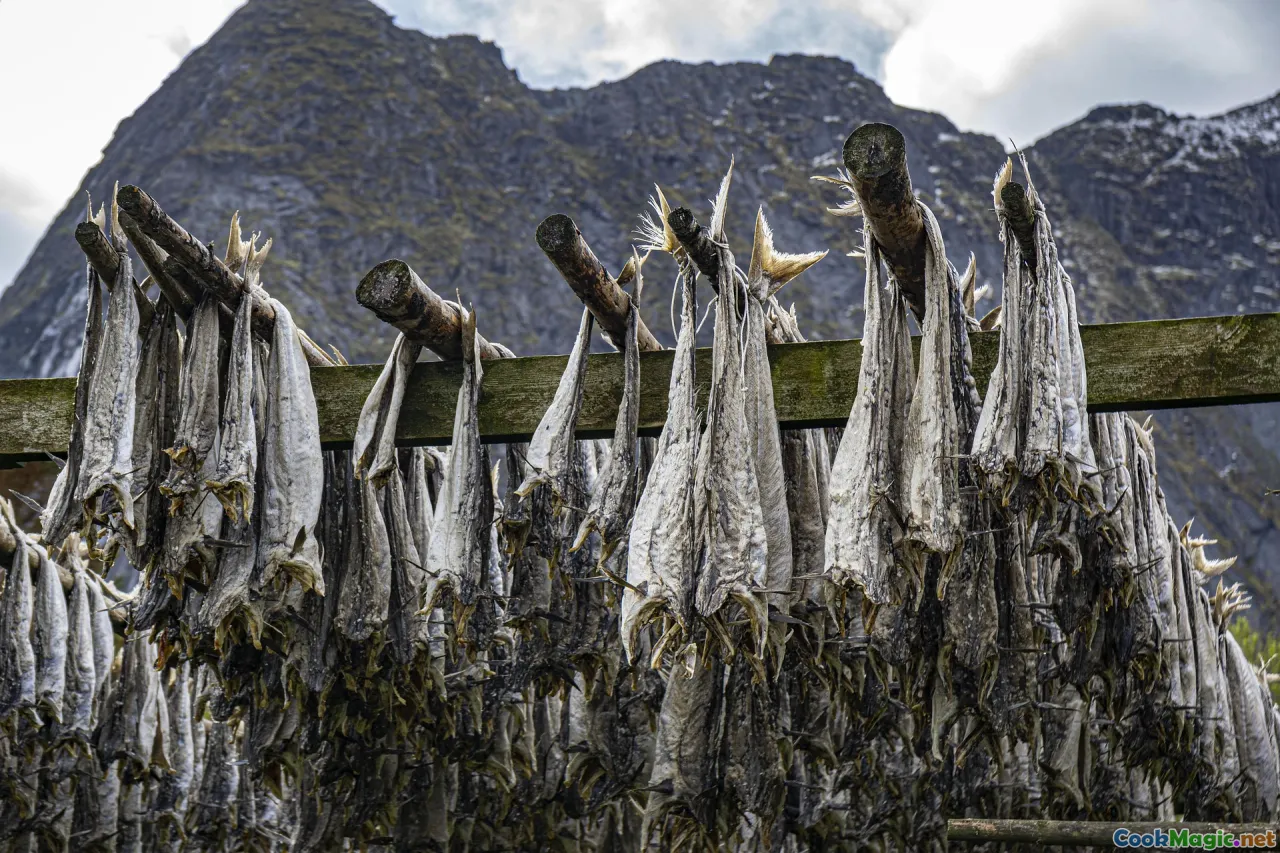
There isn’t one right way to finish pā rani. The islands are a classroom of improvisation. Consider these three approaches and choose your destination.
- Brined, lightly dried, and oil-packed (Aitutaki aunties’ favorite)
- Texture: Firm on the outside, tender within; slices hold clean edges.
- Flavor: Savory with a buttery coconut finish; subtle lime high-note.
- How: Brine 4–6 hours, dry until surface is matte and just pliant, pack in coconut oil. Eat within weeks.
- Brined and sun-dried into chewy ribbons (market snack)
- Texture: Leather-soft, glossy, translucent at the edges; a satisfyingly chewy tug.
- Flavor: Concentrated fishiness in the best sense, sweet-salty; reminiscent of Japanese himono but with coconut undercurrents if brushed with oil.
- How: Brine 2–4 hours, dry 1–2 days in moving air until strips bend and crack slightly. Store wrapped, or oil lightly.
- Brined and pan-smoked, then oil-slicked (rainy-day riff)
- Texture: Tender flakes with a smoky rim.
- Flavor: Coconut shell smoke gives a caramel-tinged perfume.
- How: After brining and brief drying, smoke gently over coconut husk and shell for 15–20 minutes; pack in oil.
Each path reveals a different face of the fish; the fun is in tasting side by side, maybe with a little grated coconut and a wedge of breadfruit.
A morning at Punanga Nui: market conversations and tastes

On a recent Saturday at the Punanga Nui Market in Avarua, I followed my nose past fried taro patties and papaya to a table with a handwritten sign: PĀ RANI—AKU & MAHI. Behind it stood Uncle Tereapii, arms like carved kava bowls, mind as sharp as a fishhook.
“Yesterday’s aku,” he said, touching the jar the way one might calm a skittish dog. “Brined before midday. Dried in the wind until the sun got relaxed. Coconut oil from my sister’s trees in Nikao. No tricks.” He popped the lid and the stall filled with a soft halo of coconut and sea. A schoolboy in an All Blacks jersey leaned in; his eyes went wide at the smell.
“Eat with rukau,” the aunty beside him suggested—taro leaves cooked down in coconut cream until spoon-tender and green as deep water. She gathered a thin slice of pā rani onto a piece of warm breadfruit and handed it to me. It snapped with a clean, glassy edge, then yielded like well-set cheese. Salted, but not shouting; oceanic without brashness.
At another stall a woman named Vaine stacked palm-leaf packets shaped like little pillows. “Flying fish,” she said. Inside, thin strips, brined and sun-hardened, carried a thrumming marine sweetness. “For the road,” she winked. I bought two packets and a jar. That night, at Muri Beach, I ate them with cold beer and the sound of ukulele drifting over the water.
Texture and taste: what your tongue will learn
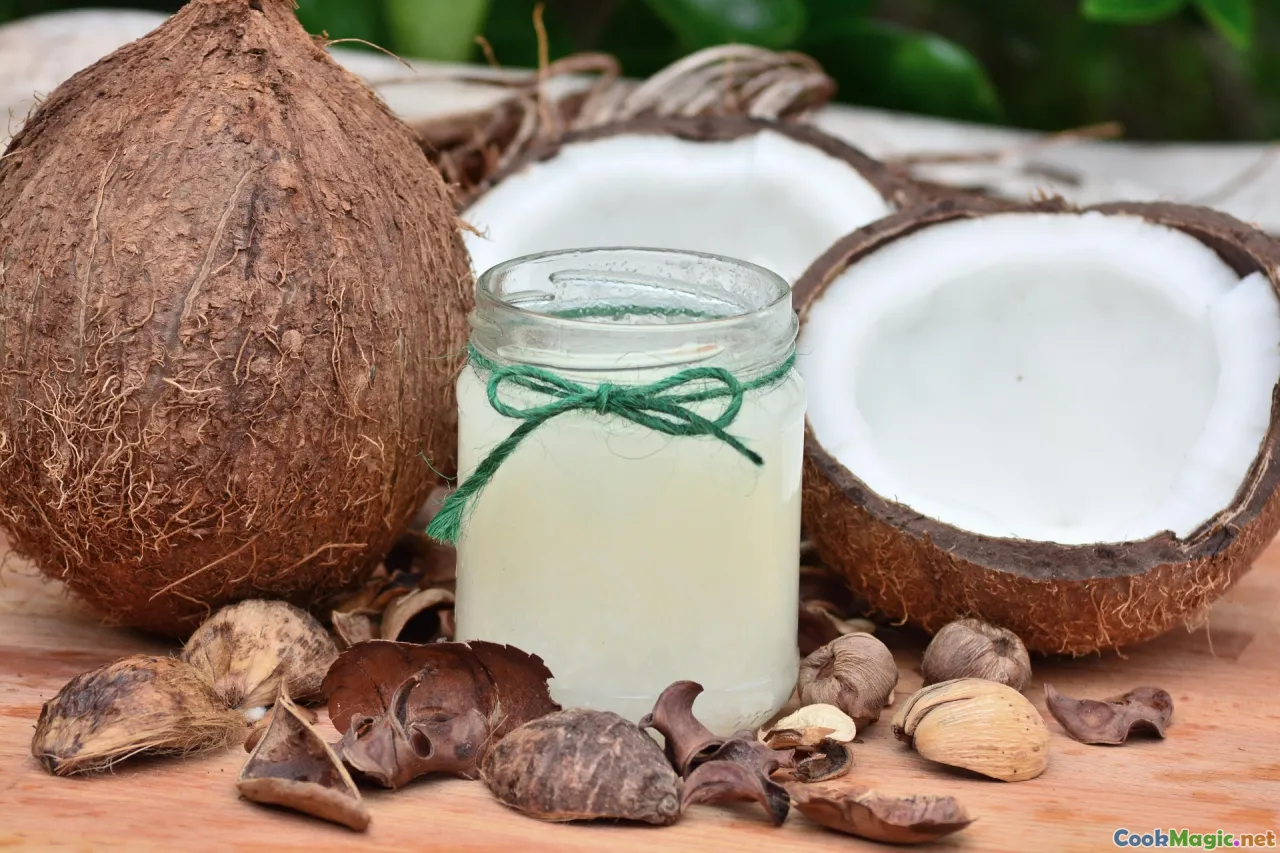
Cured fish is not raw, not cooked, not smoked—it’s something else, an alchemy of salt and air. Pā rani teaches the mouth to listen. The first thing you’ll feel is the firmness; salt knits proteins, turning the exterior satin-tight. As you bite, the interior may give into soft laminae, like the pages of a well-thumbed book. The surface might be lightly tacky from oil, carrying whispers of coconut and spice.
Taste unfolds in waves. A bright, almost metallic marine note rides the top—think of oysters and dusk. Under it, sweetness: not sugar, but the kind that comes from time, from water leaving and flavor concentrating. If you used lime, acidity pops lightly, then recedes, leaving a meadowlike green scent from the oil. Compared to gravlax, pā rani feels less perfumed, more elemental; compared to jerky, it’s less assertive, more nuanced, like a conversation near sleep.
Dishes and pairings: putting pā rani on the table

Because pā rani is concentrated, pair it with foods that like to listen: creamy textures, mild starches, delicate greens. In the Cook Islands, breadfruit (mei) and taro (talo) are beloved shoulders for salt-cured fish to rest upon.
Four ways to serve:
- With rukau: Simmer taro leaves in coconut cream until velvety. Lay thin slices of pā rani on top just before serving; the residual heat will soften the fish slightly and perfume the bowl.
- With breadfruit and miti: Roast breadfruit until its skin blackens and its heart steams. Split it open, pull out clouds of starchy flesh, and dribble over miti—fresh coconut cream seasoned with seawater or sea salt. Add shards of pā rani like punctuation.
- Island salad: Toss chopped cucumber, blanched green beans, spring onion, and cherry tomatoes with lime and coconut cream. Fold in diced pā rani for a briny grace note. A handful of grated fresh coconut brings it together.
- Breakfast toilolo: In a nod to the way islanders fold preserved proteins into morning, place a sliver of pā rani on warm poti (coconut bread) with sliced banana and a drizzle of honey. Sweet, salty, soft.
A cook’s trick: Render a spoonful of coconut oil and sizzle a garlic clove just until golden. Off the heat, shave in ribbons of pā rani and toss with hot noodles or boiled cassava. The fish will soften and perfume the dish without dominating it.
Safety and science: doing preservation right
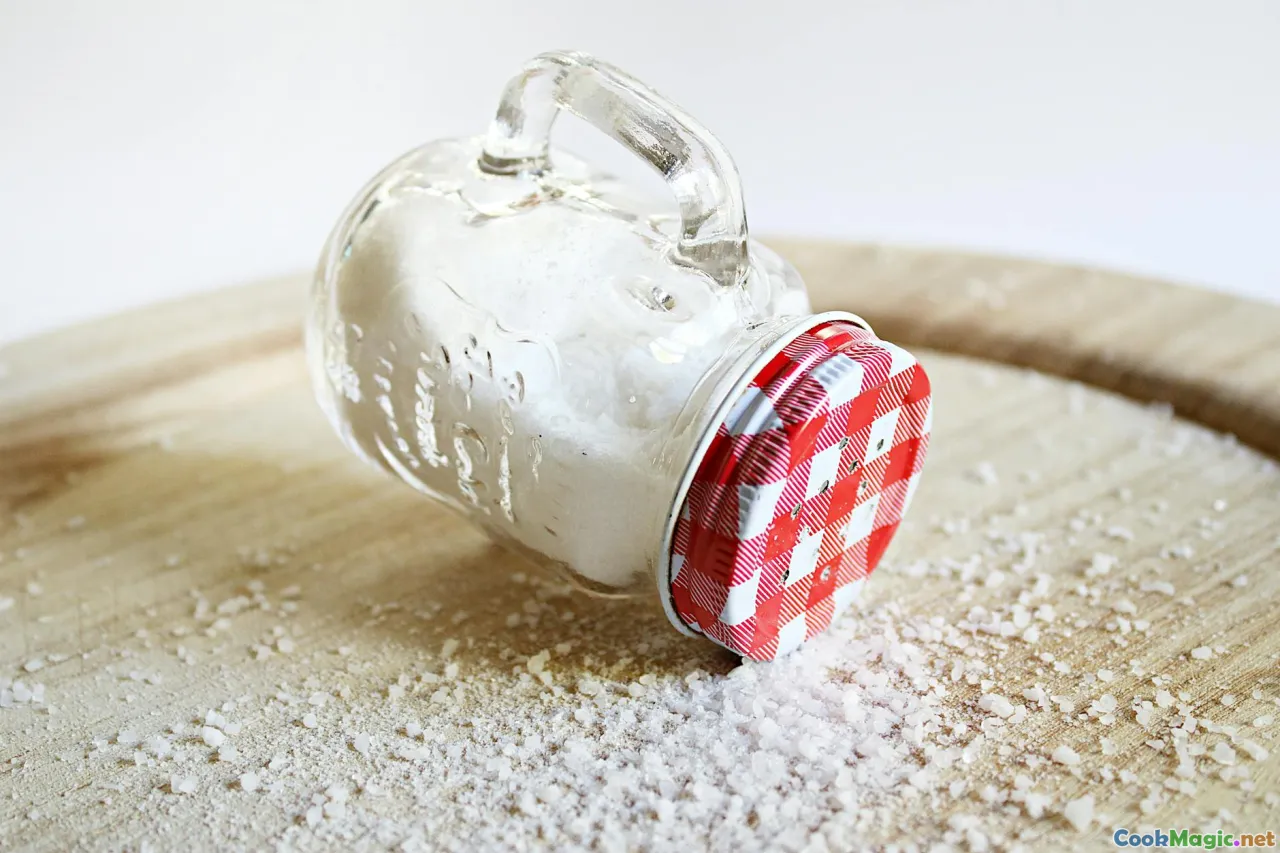
Salt preservation isn’t superstition; it’s science with a seaside smile. A few principles keep pā rani safe and delicious:
- Temperature: Keep fish cold from boat to brine. If you’re working with tuna or mackerel, be mindful of histamine risk; these compounds form when fish warms for too long. Chill promptly and don’t use fish that smells prickly or tastes peppery before curing.
- Salinity: Measure brine by weight if possible. At 5–8%, you create a water activity environment that slows spoilage. Thicker pieces need the higher end and longer time.
- Drying: Airflow is your ally. Whether you sun-dry or use a dehydrator, keep air moving and insects out. A mesh tent over racks is traditional and effective.
- Oil and air: When oil-packing, remove air pockets. Oil itself doesn’t sterilize; it protects by excluding oxygen. Keep jars refrigerated. Don’t add raw garlic to oil-packed fish unless you’re consuming it promptly—botulism risk lives in oxygen-free oil with low-acid inclusions.
- Cleanliness: Sterilize jars, use clean hands, and dedicated cutting boards. The fastest road to off flavors is invisible.
Trust your senses, but calibrate them with knowledge. Pā rani should smell marine, mellow, faintly coconutty. Any sulfurous, ammonia-like, or sharply sour odor means something went wrong.
Variations and cousins: Polynesian kinship on the plate
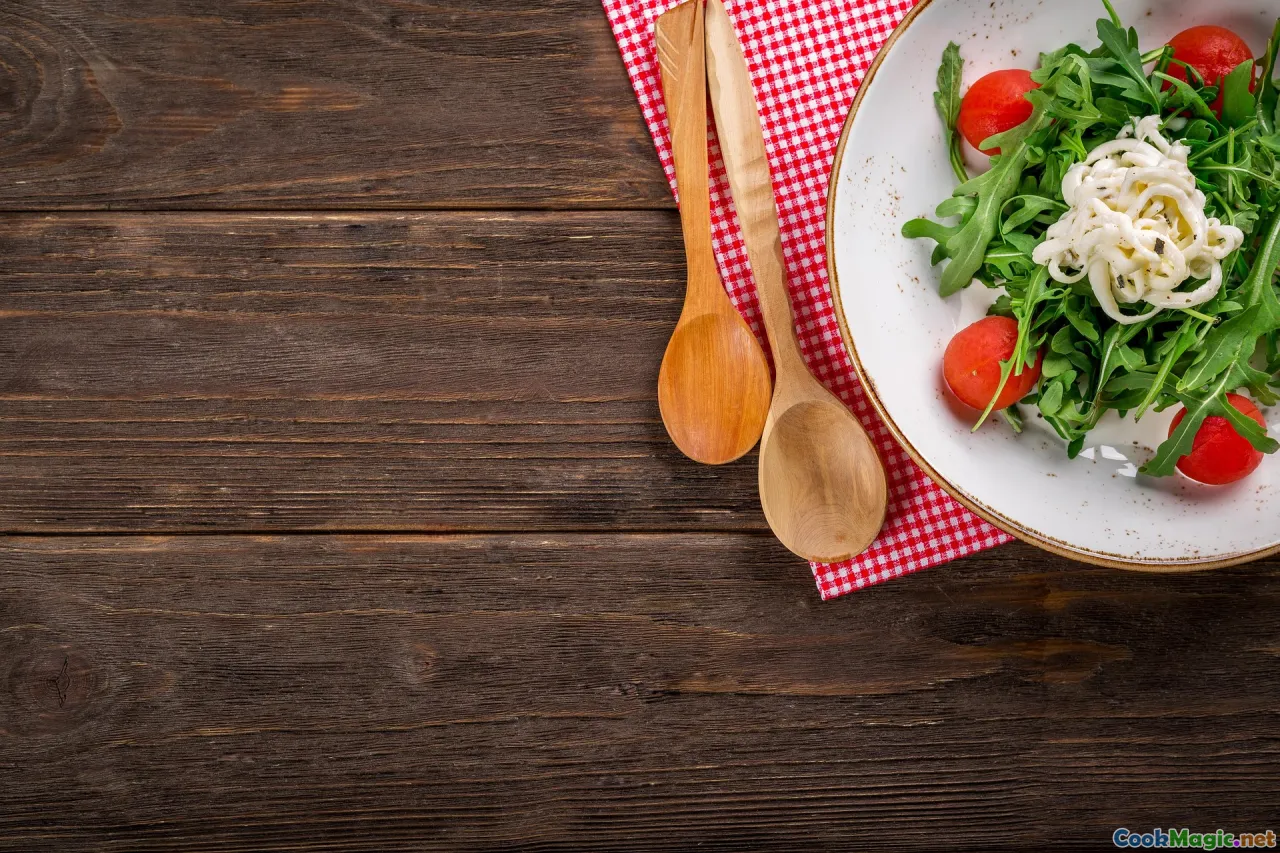
Polynesian kitchens are an archipelago of shared ideas adapted to local winds. Pā rani, as brining and oil-packing or drying, sits alongside relatives that speak the same language of preservation.
- Ika mata (Cook Islands): Raw fish marinated in citrus and coconut cream, eaten fresh—conserving in the moment rather than preserving for later. Think of it as the opposite edge of the same knife.
- Ota ika (Tahiti, Tonga): Kin to ika mata; a day’s catch meets lime and coconut. It’s more celebration than storage.
- Sun-dried fish (across the Pacific): From Micronesian reef fish hung under eaves to Japanese himono, the principle of wind and sun is universal. Cook Islanders apply it with coconut and calm.
These dishes are not replacements for one another. Instead, they sketch a spectrum: from instantaneous acidity to patient salt; from translucence to jeweled amber; from beach lunch to pantry treasure.
Troubleshooting your pā rani

- Too salty: Soak finished pieces briefly in cool boiled water for 10–15 minutes, pat dry, and repack in oil. Next time, reduce brine to 5% and shorten the cure.
- Mushy texture: Either the fish was previously frozen and thawed poorly, or brine time was too short for piece size. Aim for thicker strips or a longer brine; ensure firm, fresh fish.
- Drying woes: If surface gets case-hardened (tough outside, raw inside), you dried with too high heat and too little airflow. Lower temperature, more breeze.
- Off odors: Trust your nose. If you detect ammonia or sulfur, discard. Review handling: heat exposure before brining is the usual culprit.
- Cloudy oil: Low temperatures cause clouding; this is fine. If the oil smells rancid, it’s not.
A recipe card in words: pā rani skipjack

- 1 kg skipjack tuna loin, trimmed
- 70 g sea salt + 1 liter water (7% brine)
- 2 limes
- 1 small green chile (optional)
- 400 ml virgin coconut oil
- Black peppercorns, a few
-
Slice tuna into 2 cm-thick strips. Splash with juice of 1 lime, rub gently, rest 3 minutes, rinse, pat dry.
-
Dissolve salt in water. Submerge fish; weigh down. Refrigerate 5 hours.
-
Rinse, pat dry. Rest on a rack 1 hour.
-
Dry in a breezy spot under mesh for 6–8 hours until surface is firm and interior still tender.
-
Warm coconut oil to pourable. Pack fish in a sterile jar with a few peppercorns and a sliver of chile. Cover completely with oil.
-
Chill. Wait 24–48 hours. Slice thin on the bias. Serve with roasted breadfruit and rukau, or tuck into warm poti.
The craft in the hands: a personal note

On Aitutaki, Mama Tekea didn’t measure. She watched the brine’s surface wobble as the bowl moved; she pinched salt between finger and thumb and scattered it like confetti. She tasted without flinching. She dried fish by the sound of the wind, not a timer. That afternoon she told me about cyclones her family had walked through—roofs lifted, bananas beaten to tatters—and how a larder with oil-packed fish meant dinner even when the sea heated with storms.
“Listen to the sky,” she said, laying a palm on the jar. “And listen to your tongue.” She sent me away with a jar wrapped in newspaper, a breadfruit under my arm, and a laugh that sounded like a bell in a shell. On the flight back to Rarotonga, the jar clucked softly in the overhead bin every time we hit a pocket of air. It felt like traveling with a heartbeat.
Back home, I opened it by the stove. The fish smelled of reef mornings. My knife slid through it like a canoe through a tide rip. I set the slices on warm cassava, spooned over hot coconut oil, squeezed a shy half-lime, and stood at the counter, eating with my fingers. Outside, the evening was bruise-purple; a gecko clicked. In that moment I understood the intimacy of pā rani: it is a way to carry the sea into the days the boat stays ashore.
Why pā rani matters now

Preservation isn’t just thrift; it’s a value statement. In the Cook Islands, where tourism hums and supermarkets stock four kinds of imported canned tuna, pā rani asserts a different tempo. It asks us to know a fisher by name, to watch weather, to accept that food has a season and that keeping it well is an art.
It’s also a quiet environmental stance. When you brace a bumper catch with brine and breeze, you waste less. When you pack pelagics in oil and leave reef grazers to their gardens, you tend the coral by proxy. When you share a jar with a neighbor whose electricity flickers in a storm, you practice a mutual aid as old as outriggers.
And then there’s the plain joy of it—the way coconut oil sets into an opal crust in the fridge, the way lime etches the air green, the way a slice holds your teeth then lets go. Food that requires attention gives it back.
I think often of that morning wind by the lagoon. If you learn pā rani at your own kitchen table—measuring salt on a scale instead of your fingertips—you’re still part of the same conversation, the same breath. And when you open your jar and the room smells like a reef at dawn, you’ll know what the aunties mean when they smile and say, “It keeps.”









